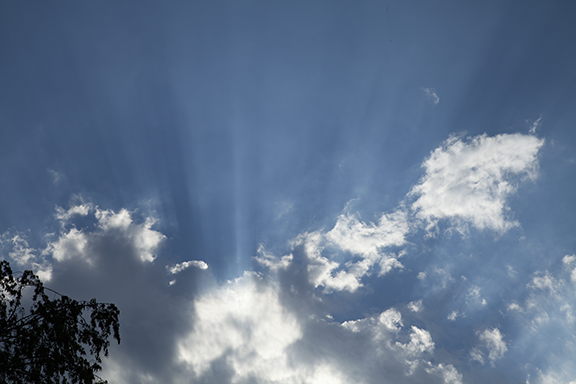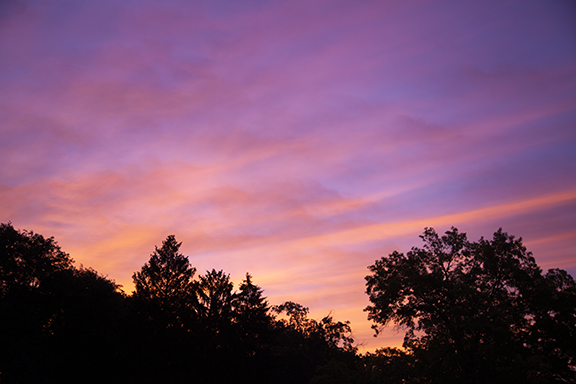Stratocumulus - One Sign of Winter
/Surface Map, 1200Z (7:00 a.m. CDT) October 11, 2019, Map plotted by Digital Atmosphere, Weathergraphics.com; The solid lines are isobars (lines with the same atmospheric pressure. The low center is near lake Superior. The narrow spacing between the isobars indicates a tight pressure gradient over Iowa which causes strong winds. It was a windy day with stratocumulus.
Cold air sweeping in behind a low pressure center often forms stratocumulus clouds over Iowa. The clouds form as the colder air converges into the center of low pressure to the northeast. As low level air converges it rises to the top of the cold air where it meets sinking air from above. The sinking air is warming as it descends and creates a boundary when it meets the rising air below. Along the boundary is where the stratocumulus form. There is just enough instability and moisture in the colder air to create rising air and clouds as you see in the photo below. The clouds have the look of cumulus with rounded bottoms and tops but at the same time the entire layer looks like a sheet of stratus. The name is stratocumulus. Strato for the sheet or layered structure of the entire cloud sheet and cumulus for the rounded form of the individual cloud elements.
Stratocumulus over Adair County, Iowa. Photo by Craig Johnson 10-11-2019
Iowa is located close enough to the Great Lakes that storm systems moving northeast out of the state move over the waters of the lakes - usually Lake Superior and northern Lake Michigan. When the air mass behind the storm is colder than the lake water temperature the low pressure center may intensify. Intensification causes the circulation around the low to increase and contributes to low level moisture circling around the storm. The result? Stratocumulus.
Of course this does not always mean winter is coming because this phenomenon is common around the Great Lakes in other seasons - namely spring and fall. But this time of year stratocumulus with strong northwest winds after a storm us usually a sign of a change of seasons. Iowa is just close enough to get in on the action. Eastern Iowa feels this effect more often than the southwestern counties but in this case the clouds formed across the entire state, including Adair County.


























